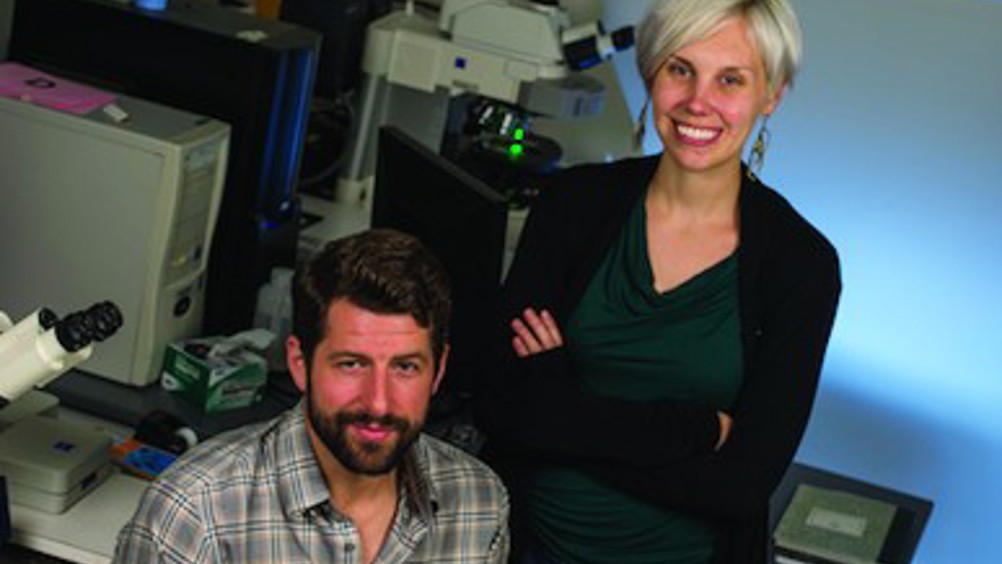DNA-targeting test promises to simplify and accelerate HIV diagnosis
Rice University bioengineers are developing a simple, highly accurate test to detect signs of HIV and its progress in patients.

The current gold standard to diagnose HIV in infants and to monitor viral load depends on lab equipment and technical expertise generally available only in clinics, said Rice bioengineer Rebecca Richards-Kortum. The new research features a nucleic acid-based test that can be performed at the site of care.
Richards-Kortum, director of the Rice 360˚: Institute for Global Health Technologies, and her colleagues reported their results in the American Chemical Society journal Analytical Chemistry.
The proof-of-concept work by co-lead authors Zachary Crannell and Brittany Rohrman, both graduate students in the Richards-Kortum lab, follows their similar technique to detect the parasite that causes the diarrheal disease cryptosporidiosis.
The new technique would replace a complex lab procedure based on polymerase chain reaction with one that relies on recombinase polymerase amplification (RPA), a method to quickly amplify genetic markers found in blood to levels where they can be easily counted.
In a test the team calls qRPA, a specific sequence in HIV DNA is targeted and tagged with fluorescent probes that can be seen and quantified by a portable machine. Software analysis of the fluorescing DNA allows clinicians to determine with whether the virus is present in a patient’s blood and/or how much is there.
Register now to continue reading
Thanks for visiting The Engineer. You’ve now reached your monthly limit of news stories. Register for free to unlock unlimited access to all of our news coverage, as well as premium content including opinion, in-depth features and special reports.
Benefits of registering
-
In-depth insights and coverage of key emerging trends
-
Unrestricted access to special reports throughout the year
-
Daily technology news delivered straight to your inbox










Water Sector Talent Exodus Could Cripple The Sector
One possible reform to the Asset Management Plan (AMP) system would be to stagger the five year cycle across the ten or so water businesses, so that...